HEALTH CARE ACCESS
Guaricayán has no health professionals or health center within the community. There is a health center in El Zarzal, about 1 hour away walking. Guaricayán members also attend medical and dental brigades in El Zarzal. The health center in El Zarzal is called a CESAR, and is staffed by one nurse. The small group of Community Health Workers help relieve some of the patient load for the nurse in the health center. Additionally, medical supplies that the CHWs use can help fill the need for medical supplies that the government is not able to supply. Unfortunately, the CESAR-Zarzal does not provide dental care.
*These statistics represent brigades in the community of El Zarzal, where community members from Guaricayan attend Medical Brigades


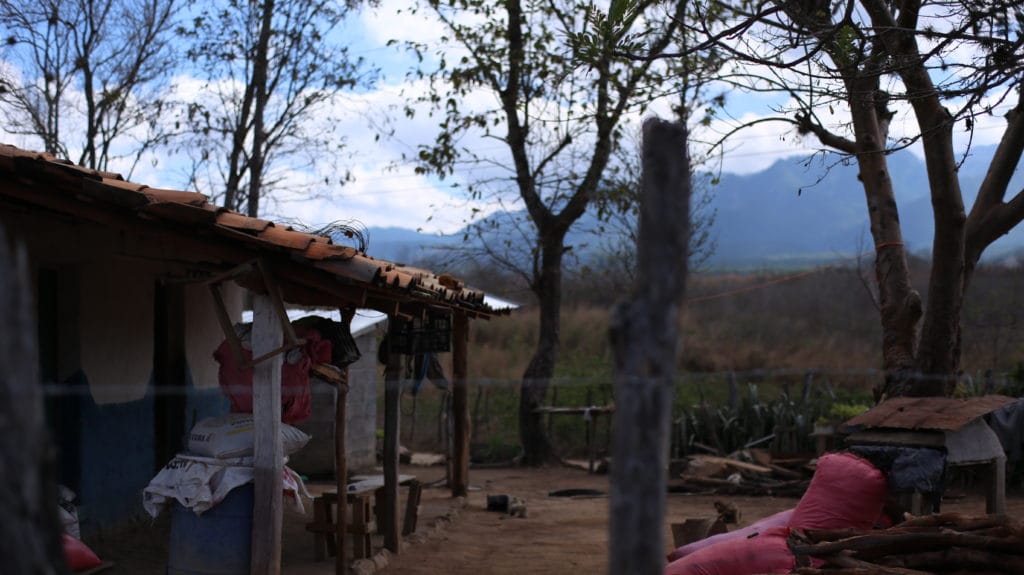 Guaricayán is a small community with a population of 185 people in the municipality of Cantarranas located in Central Honduras. School is offered until 6th grade, at which point most children begin to work in agriculture to support their families. The closest health center is over an hour walk away.
Guaricayán is a small community with a population of 185 people in the municipality of Cantarranas located in Central Honduras. School is offered until 6th grade, at which point most children begin to work in agriculture to support their families. The closest health center is over an hour walk away. 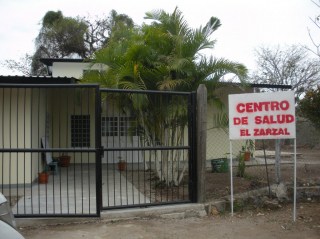 COMMUNITY HEALTH WORKERS:
COMMUNITY HEALTH WORKERS: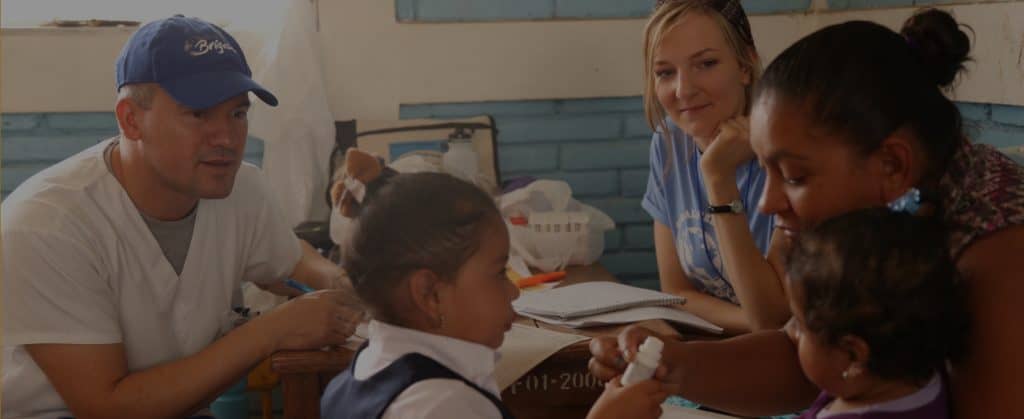
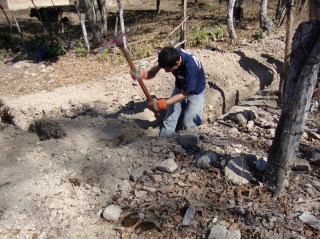
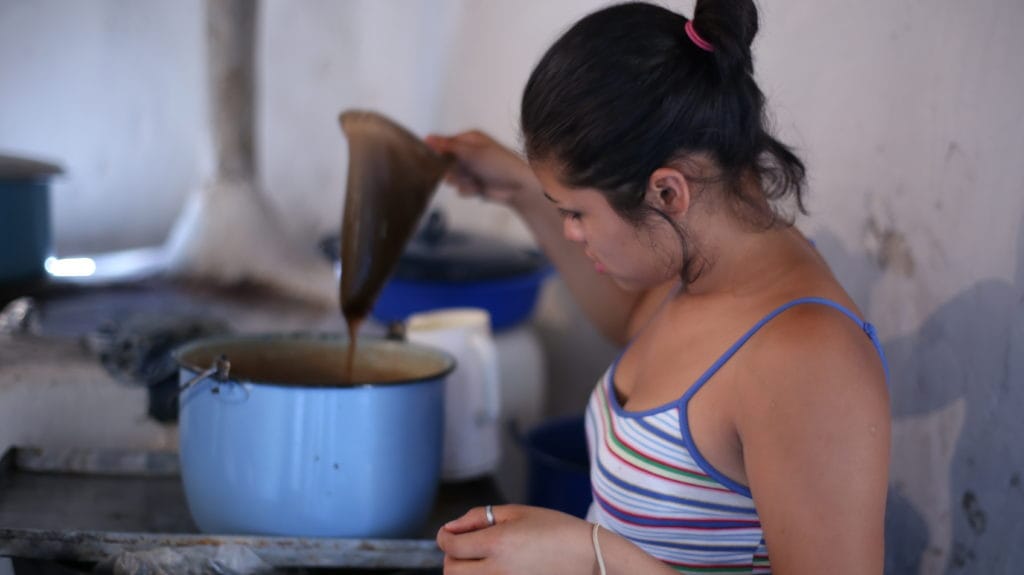 GUARICAYAN’S MICROFINANCE SOLUTION:
GUARICAYAN’S MICROFINANCE SOLUTION: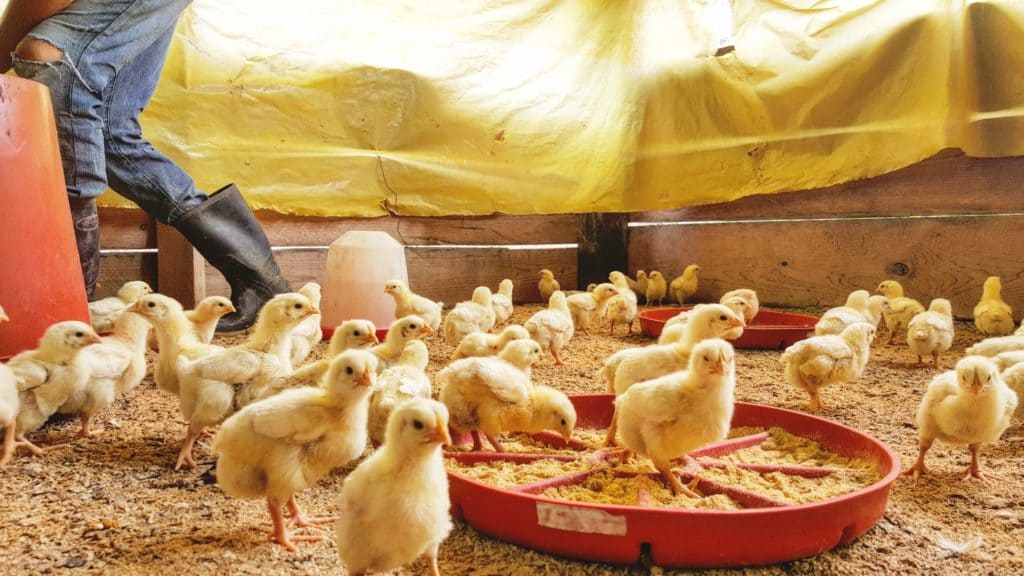
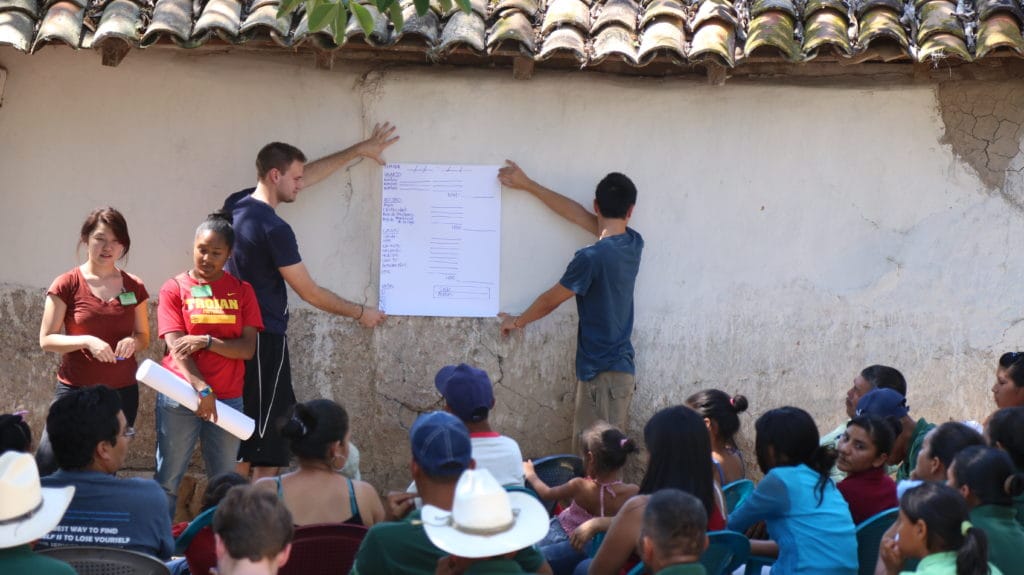 GUARICAYAN’S PUBLIC HEALTH SOLUTION
GUARICAYAN’S PUBLIC HEALTH SOLUTION